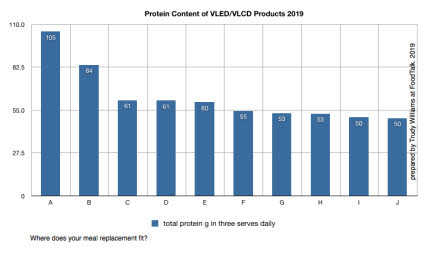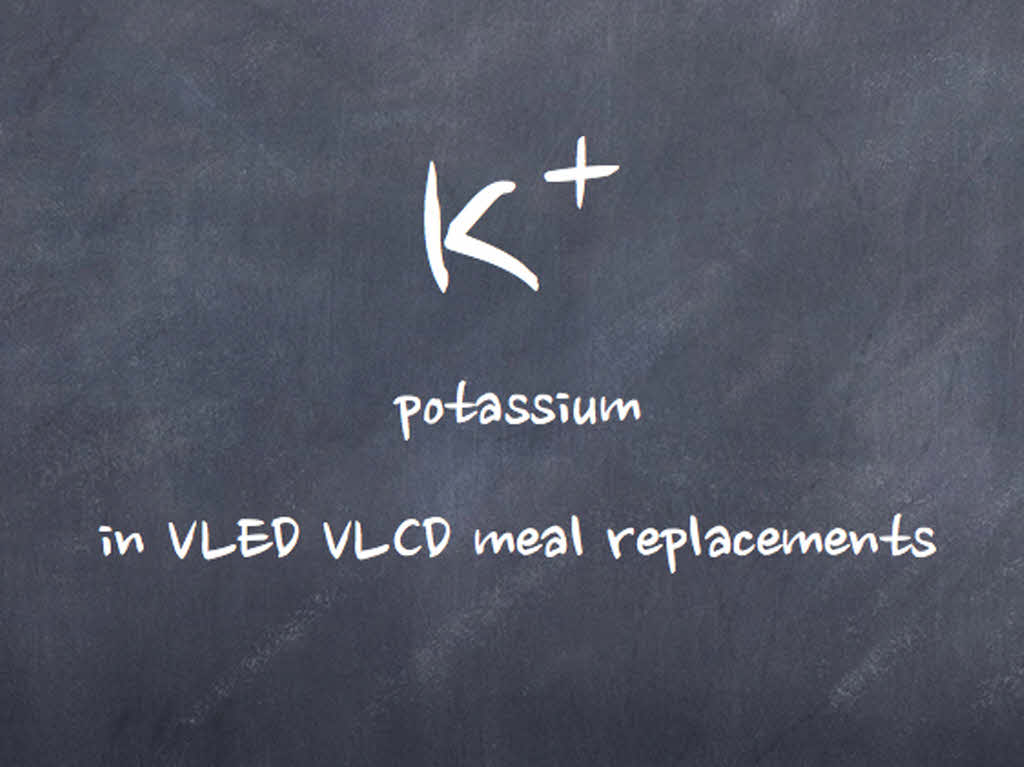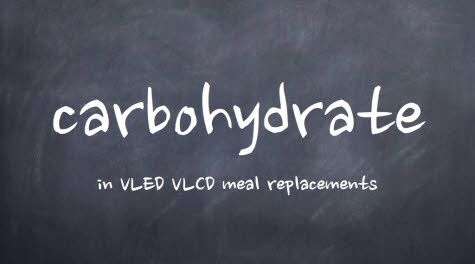Focus on meal replacements for weight loss: VLCD and VLED products
I've done the heavy maths, crunched all the numbers and interpreted the nutrient profiles for you.
Now you can decide which meal replacement is best.

When it comes to weight loss, I know that there is no single one-size fits all.
We are all so very different.
What suited you in your 20s may not suit you this year. What suits you may not suit your partner, neighbour or friend.
That is why, when used correctly, meal replacements prove very valuable and useful for some people.
It is important that you understand the differences between product categories; the differences between VLED and FMR.
There are two categories of meal replacements in Australia designed specifically for weight loss.
1. Very Low Calorie or Very Low Energy Diet formulations (VLCD or VLED)
2. Formulated Meal Replacement products (FMR)
The nutrient composition of FMR products is set by Food Standards Australia Schedules. There are minimum standards to be met.
FMR are consumed twice a day. You prepare and provide the main meal of the day using strict dietary guidelines provided by the manufacturer.
The nutrient composition of VLED (VLCD) is less well regulated. These products fall into the domain of medical foods and yet only loose guidelines exist to define a VLED product’s profile. VLEDs are intended as a total diet replacement.
VLED meal replacement products are consumed three times a day in the initial intensive stages. In addition, you may be allowed to eat a controlled amount of low carbohydrate vegetables, perhaps a dribble of oil (depending on the brand of VLED used), and a small amount of lean (no obvious fat) protein if you are seriously overweight.
Manufacturers claim their products are nutritionally complete but my research shows otherwise.
It is essential that you know how to use the products to get the best results.
Read about the risk and benefits of rapid weight loss.
Over a series of articles, you will learn more about specific VLED products, their nutrient profiles, their nutritional adequacy, and so be better informed about how to use them.
The VLED Brands on my radar are:
- Formulite VLCD Shakes
- Optifast VLCD Protein Plus Shakes
- KicStart VLCD Shakes and Soups
- Optislim VLCD Platinum Plus Shakes
- Optifast VLCD Shakes, Bars and Soups
- Optislim VLCD Shakes, Bars and Soups
- Proslim VLCD Shakes, Bars and Soups
- Optislim VLCD Platinum Rapid Formula
- Tony Ferguson VLCD Shakes
- Dr MacLeod’s VLED Shakes, Bars and Soups (also known as Dr Tim’s Success VLED)
- FatBlaster VLCD Clinical Shakes
- Cambridge VLCD Shakes and Soups
If I have missed a VLED product and you’d like it reviewed, please email me.
These are not listed in any particular order.
why are meal replacement VLED/VLCDs used?
Typically VLEDs are used when fast intensive weight loss is needed.
General, gastroenterology and bariatric surgeons and dietitians recommend VLEDs to reduce liver size and volume before intestinal surgery, metabolic surgery and weight loss surgery (bariatric surgery).
Orthopaedic surgeons recommend VLEDs in preparation for knee and hip replacement surgery for people with significant obesity.
Dietitians and doctors recommend VLEDs for other medical conditions that could be improved through urgent weight loss. This includes high blood pressure, sleep apnoea, infertility due to excess body weight, uncontrolled diabetes (not on insulin), general skeletal concerns (back, knee and other weight-bearing joint problems), airways disease, undesired weight regain, fatty liver disease, and significant reflux. There are many more medical and health concerns that respond to weight loss.
Rapid weight loss does not increase the likelihood of long-term weight regain any more than slow and steady weight loss. VLED and meal replacement products help nip weight regain trends in the bud.
meal replacements are not total diet replacements
Manufacturers claim their products are nutritionally complete but my assessments show otherwise.
In 2012, I assessed and reviewed VLED products and found that no VLED product is nutritionally complete and no VLED can be used alone as a total diet replacement. I presented my findings at the conference of Obesity Surgeons Society Australia and New Zealand (OSSANZ). Research published in 2016 drew similar conclusions.
Now (Sept 2019), seven years after my initial investigations, the results are not much better.
While some products have improved slightly with reformulation, others have not. New products have hit the market, other lines deleted. But still, no VLED is nutritionally complete when compared against the Nutrient Reference Values (NRVs): Recommended Dietary Intakes (RDI) and Adequate Intakes (AI) at various ages and for both men and women.
All VLED products have some flaw(s) and inadequacy in their nutrient profile.
I expect nutritionally complete to mean ‘satisfies the known NRVs’ and therefore I do not need to add a vitamin/mineral/trace element supplement for an already nutritionally healthy person. That isn’t the case.
Why the disparity between NRVs and product formulation?
The standards governing the formulation of meal replacement products have not kept up with revisions in NRVs. A Food Standard for FMR is available but the Standard for VLED products remains unconfirmed.
Why the discrepancy? Food Standards Australia use RDI and AI figures from 1991 which are very out of date. These are the regulatory ‘one-size fits all’ figures that food manufacturers comply with. The most current RDI and AI figures were published in 2006. These are gender and age specific and are quite different to the older figures.
That means you can ignore the %RDI columns on VLED labels. They are meaningless for you because they don’t reflect your age, gender and the current NRV guidelines.
There are no specific formulations guidelines for VLED products so manufacturers have a surprising amount of flexibility in how they formulate and describe their products. Manufacturers do have an opportunity to improve their product in line with current NRVs and some manufacturers have shown initiative in this approach.
My review shows what a minefield it is for anyone to choose and recommend a meal replacement product for weight loss.
What's in a name? A lot of confusion for you
By branding association, it is easy to assume that some shakes or bars marketed for weight loss are VLED and VLCD but they are not.
For example, Optislim, Tony Ferguson, FatBlaster and Formulite have multiple product categories not all of which are suitable for use as VLEDs sitting beside their VLED offerings.
You need to really read between the lines at websites offering meal replacements and protein drinks because some further cloud the picture by discussing the virtues of VLEDs even though their product offerings are far from VLED in formulation.
Supermarket lines are creatively labeled LCD which stands for Low Calorie Diet. This looks very similar to VLCD yet the nutritional profiles of LCD products fall into the Formulated Meal Replacement category of weight loss products. These are not designed to be used three times a day.
Gloss over the labels and it is easy to purchase something other than a VLED product. In-store purchase advice is not always reliable either.
now dig in for the detail
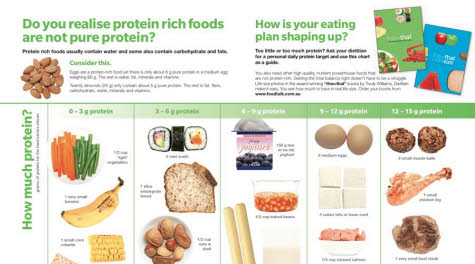
macronutrients in VLED VLCD products coming soon
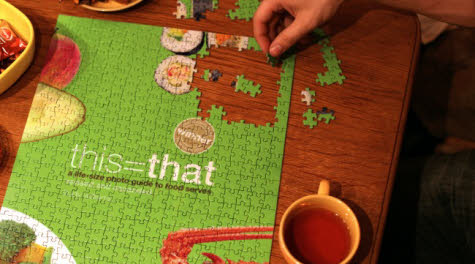
Coming soon: what else can you eat and drink when doing an intensive meal replacement program to strip body fat?
100% original unbiased content
This series is 100% unbiased without corporate influence. I have no affiliation with any of the companies, brands or products mentioned in this article. I do not receive money, incentives or other enticements from the manufacturers or their associates.

